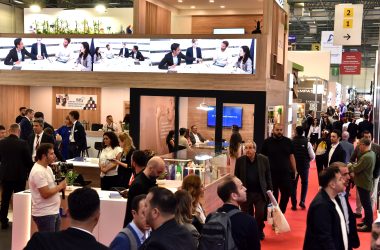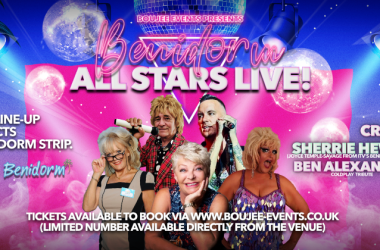It costs up to £6,000 to exhibit at a mid-sized UK trade fair—and that’s before you factor in signage, displays, or staff travel. With fierce competition and tight margins, many startups attend events only to blend into the background, ignored by both investors and customers. If events are meant to amplify your brand, why do so many end up as missed opportunities? The answer may lie not in what you’re selling—but in how you show up. This article uncovers smart, affordable strategies that help emerging brands dominate the show floor—without overspending.
Booths That Tell Stories: Why Your Visual Space Matters More Than Your Product
Event visitors don’t browse. They scan. According to recent studies on consumer attention at live events, attendees decide within 2.5 seconds whether a stand is worth visiting. In this microscopic window of time, startups are expected to convey their brand identity, product relevance, and credibility—all through a few square metres of space.
Rather than relying on basic backdrops and collapsible counters, a growing number of early-stage companies are now turning to bespoke event structures. These purpose-built, brand-focused installations transform generic floor space into immersive micro-environments. Unlike cookie-cutter shell schemes, bespoke structures allow startups to project personality, professionalism, and polish—all at once. And surprisingly, they’re often more cost-effective than renting high-end modular systems.
When used smartly, these structures do more than just attract eyes. They invite conversations. From walk-in demo pods to fold-out presentation nooks, good design supports interaction, and interaction builds trust. At a time when investors are bombarded with pitches, even subtle design cues—materials, lighting, spatial layout—can nudge them closer to interest or investment.
Budget-smart innovation without gimmicks
No, you don’t need a £50,000 exhibition trailer to stand out. You need purpose. A message. And a layout that invites people to discover your story—not just grab a flyer. Brands like Viewbox understand this equation well, offering scalable solutions that meet creative ambition with logistical reality.
Stop Renting Branding Black Holes: Own Your Space Without Owning the Venue
Many startups fall into the trap of defaulting to standard booth packages offered by event organisers. These options might be convenient, but they’re rarely effective. The problem? They strip every exhibitor of their uniqueness, forcing you into a generic, sterile format that’s as uninspired as it is unmemorable.
Instead of playing by the venue’s rules, challenge the format. Bring your own brand environment to the floor. For instance, lightweight structures made of modular panels or inflatable frames allow you to build verticality into your stand—creating visual presence even from a distance. Custom signage, digital displays, and layered lighting can add texture to an otherwise flat presence. The result is spatial storytelling with minimal overhead.
Ownership here doesn’t mean purchasing assets outright. It means owning the message and owning the attention. Some startups partner with freelancers to create pop-up architecture that’s built for storytelling. Others rent purpose-built kits that fold down into two flight cases and can be deployed in under 30 minutes.
Design Less to Show More: Minimalism That Drives Engagement
Overdesign is the hidden enemy of startup stands. New brands often feel they have to “fill space” with logos, slogans, and lists of features—resulting in visual noise that overwhelms rather than attracts. In reality, restraint works harder.
Minimalism in event design is not about doing less. It’s about doing only what works. For example, one standout startup at a Berlin tech event drew hundreds of leads using only one sentence on a 3m wall: “Ask me how I can save you £10,000.” Clean space, simple message, magnetic result.
By removing clutter, you free up room for interaction. You let people focus on you, not your background. That intimacy builds connection—something startups, more than corporates, can wield with authenticity. Clean lines, sharp lighting, and bold contrast are more memorable than a wall of bullet points.






